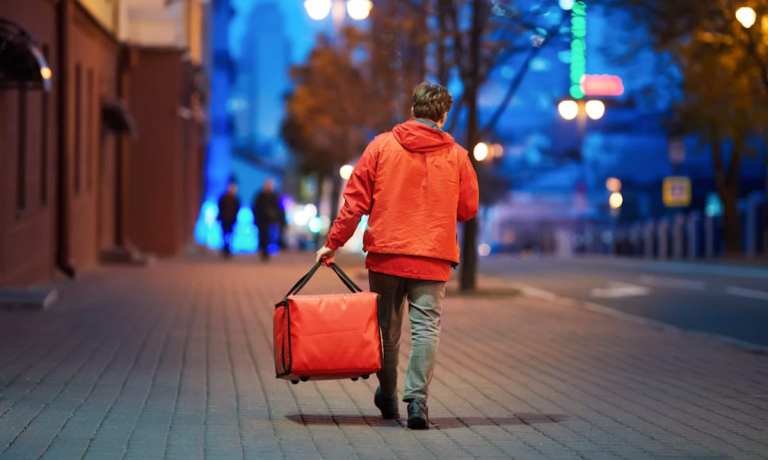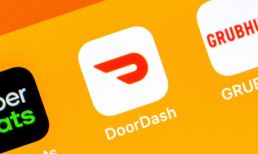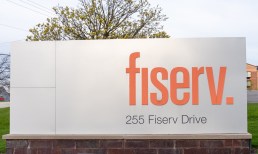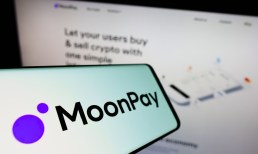At this moment of flux across the country and around the world, businesses have a unique opportunity to play a key role in establishing what the future will look like once the pandemic is in the rearview mirror. For restaurants, this means there is a chance to pivot from the delivery- and takeout-centric model of the past 13 months and toward a cross-channel approach that will engage consumers — whether they are looking for in-person, on-premises experiences or seeking off-premises ordering options to enjoy meals at home. However, a prevailing third-party delivery service that may have worked as a temporary Band-aid to help restaurants get through a difficult year may not be as viable going forward, as restaurants move into the post-pandemic future.
In New York City, for instance, many restaurants are starting to seek out options that allow them to control their ordering channels after struggling to afford the fees levied by leading third-party restaurant aggregators such as DoorDash and Grubhub, reported The Wall Street Journal. Restaurants are now turning to tech solution providers for help setting up their own ordering channels and hiring their own delivery staff, opting for these services’ flat monthly fees as opposed to third-party aggregators’ steep per-order cuts, which can regularly be as high as 30 percent. These solution providers, such as Lunchbox, Traiilo and BentoBox, also allow restaurants to interact directly with customers — unlike the aggregators, which mediate the restaurant-consumer relationship and control the consumer data.
“If the customer has a problem, I can treat him personally and make sure it’s not going to happen again,” Shai Sudai, owner of Mediterranean restaurant Nish Nush, which operates its own platform, told the WSJ.
Similarly, Jon Sherman, CEO and co-founder of quick-service fried chicken restaurant Sticky’s Finger Joint, told the publication, “It’s having a direct line of communication with our customers.”
While independently owned ordering channels may be feasible for restaurants large and small alike, operating an in-house delivery team can be prohibitively expensive for many independent restaurants, which at the best of times struggle against the narrow margins of the labor- and resource-intensive business model. After all, not everyone can be Domino’s, operating an international delivery team (comprised of humans and robots alike) with over six decades of customer loyalty.
In Las Vegas, Nevada, independent restaurant owners have come up with their solution for the third-party aggregator problem, working together to launch their own platforms. One-hundred Las Vegas restaurants make up the LoCo Las Vegas co-op, a delivery service that charges a flat 15 percent commission, promises to pay drivers a living wage and lets restaurants control their relationships with consumers, reports 8 News Now. The co-op bills itself as a “by-locals-for-locals” business, though it is worth noting that LoCo franchises exist in several markets in the United States.
Advertisement: Scroll to Continue
“These third-party brands are chopping restaurant owners down at the knees,” John Pfohl of LoCo Knoxville told Knox News. “It’d be a disservice if we didn’t at least try and offer this as an option for local restaurant owners to have.”
A small group of New York City restaurants has created a co-op with a flat $5 delivery rate with an automatic 20 percent gratuity charge, split 75-25 between the delivery team and the restaurant. Similar co-ops are emerging around the country, as restaurants seek out a sustainable way to provide delivery to consumers who have grown used to the efficiency and convenience of the channel.
“We’re just trying to do something right for our community,” Aaron Withers, creator of Delivery Co-op, told Lex18. “More money is going back to the restaurants, we’re paying our drivers well, with benefits, and with customers not paying as [many] fees as well.”
Read More On Food Delivery:




